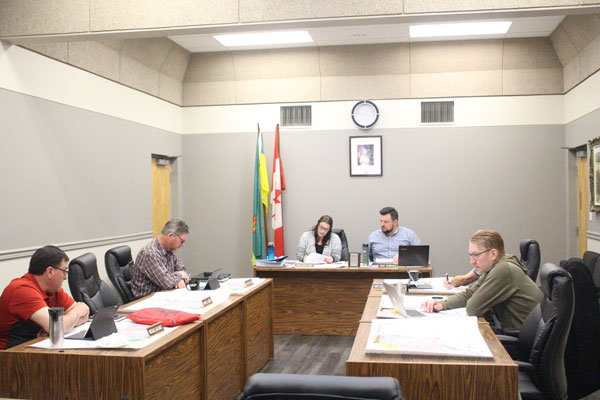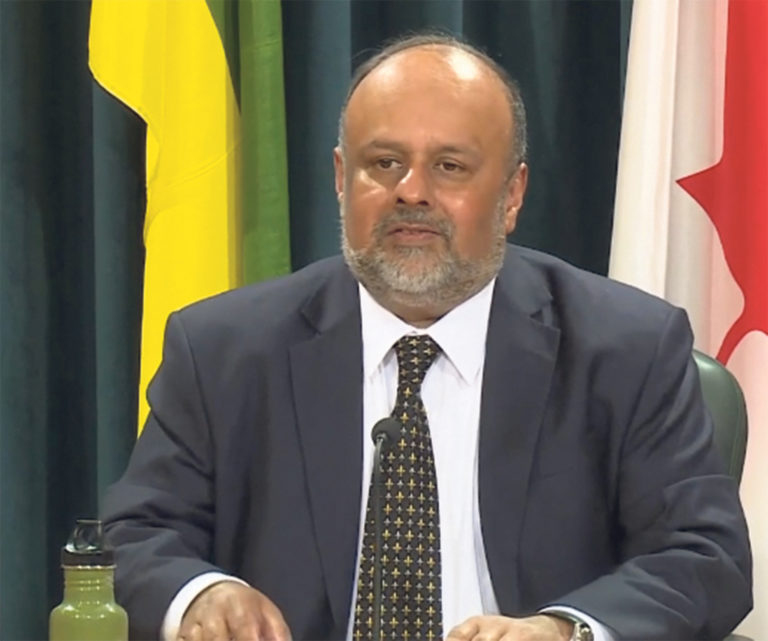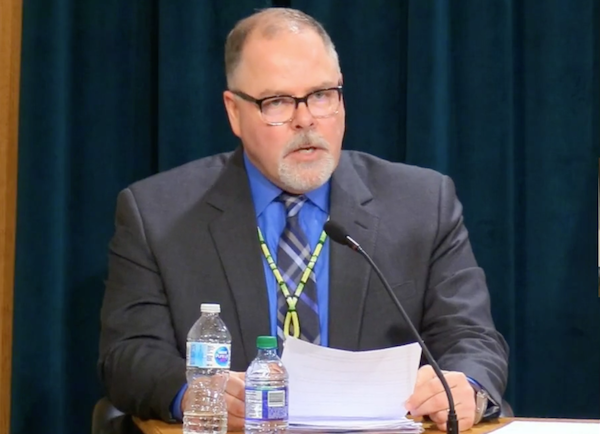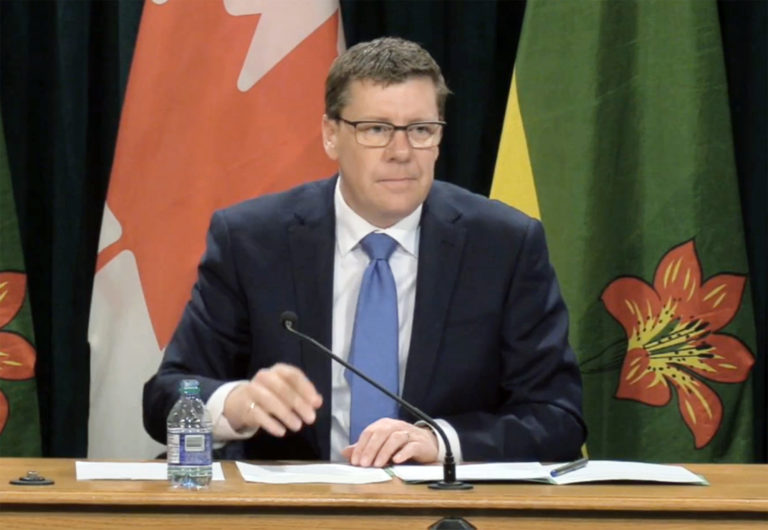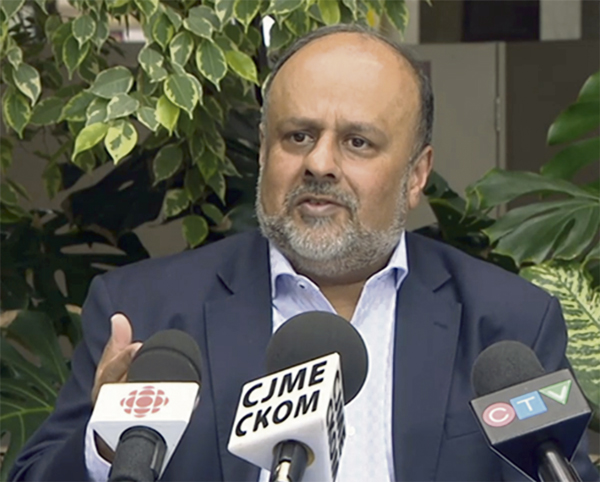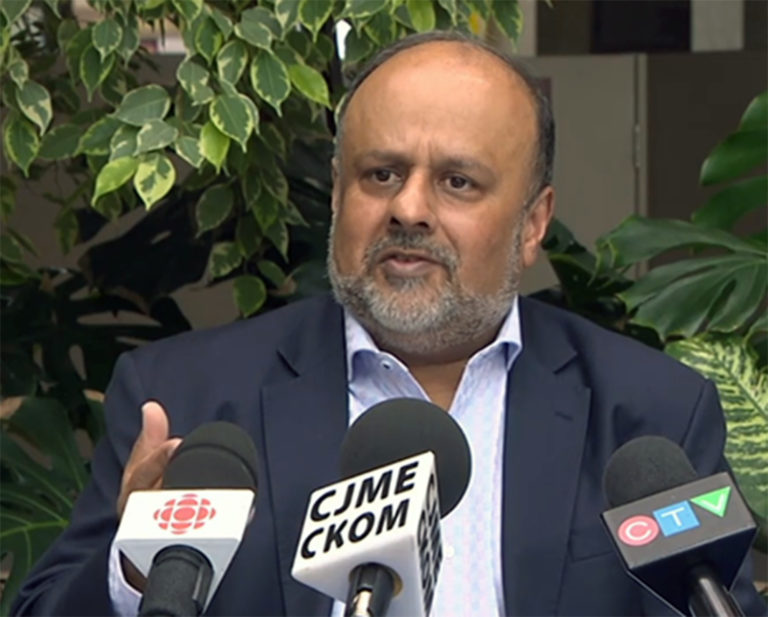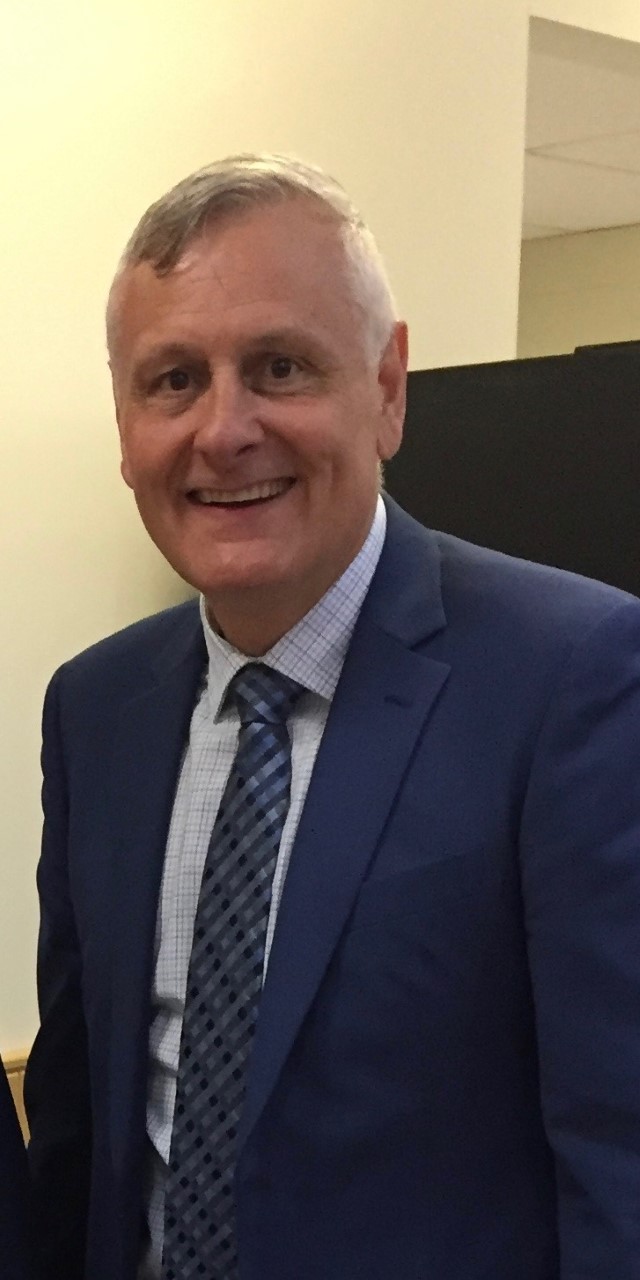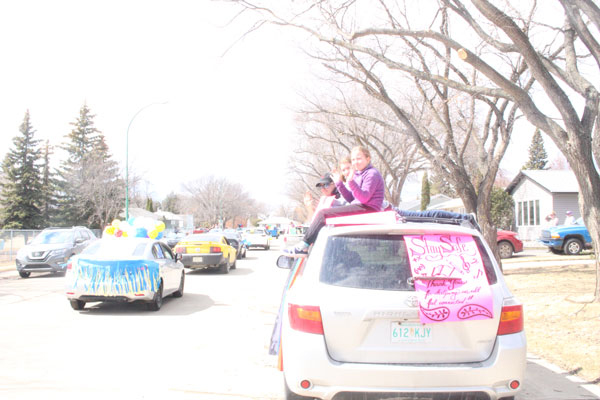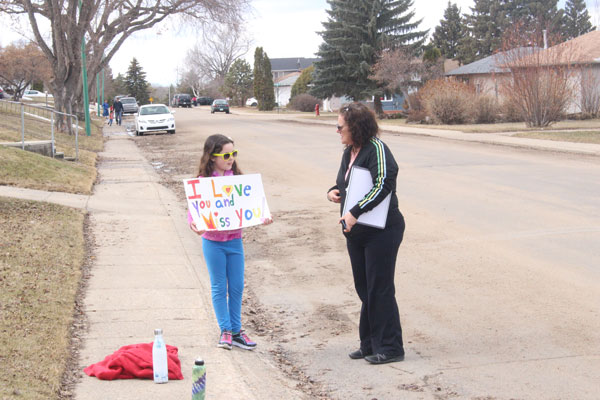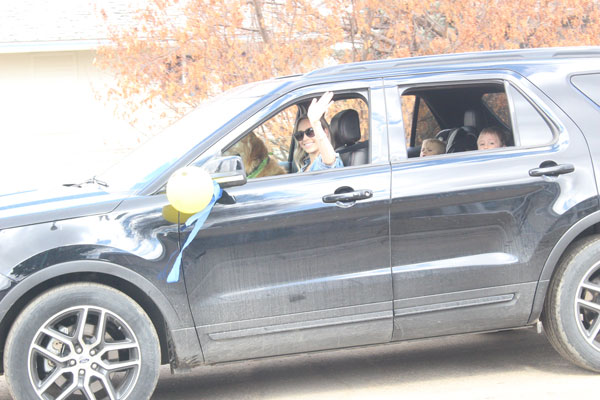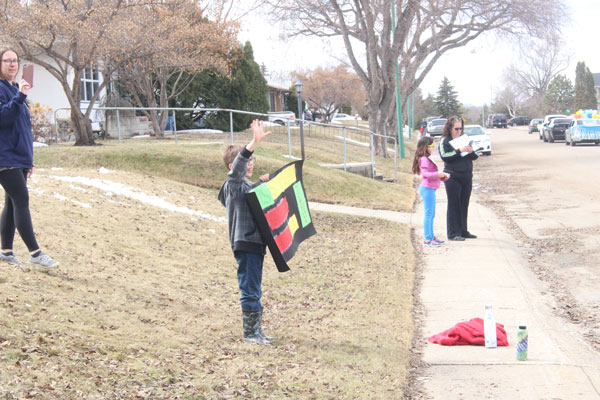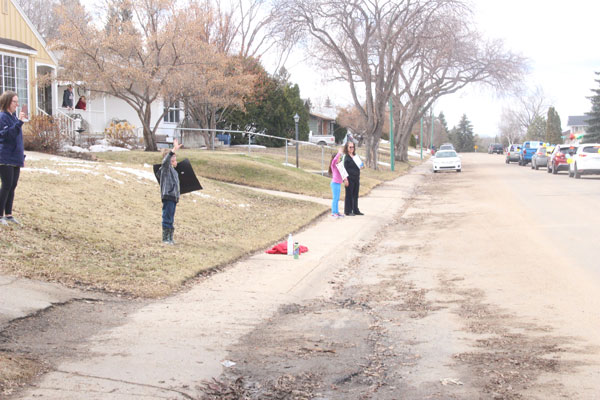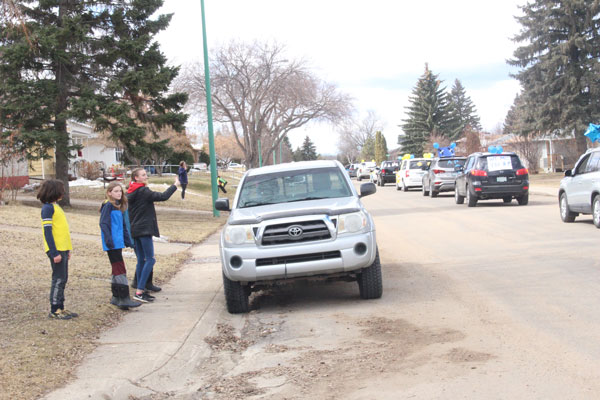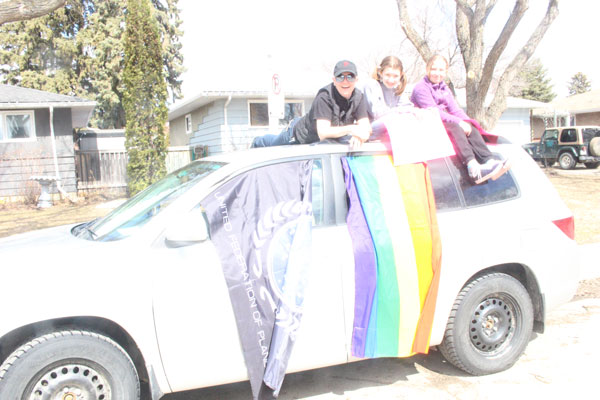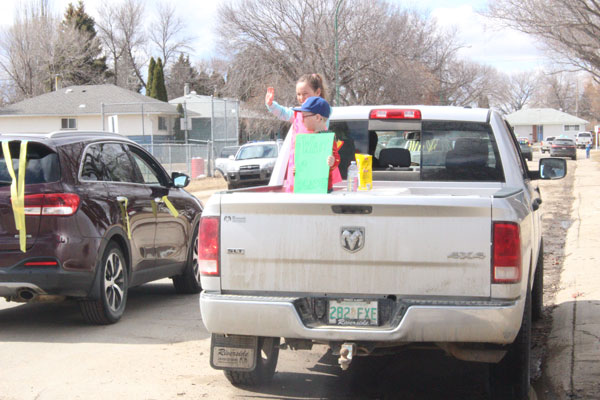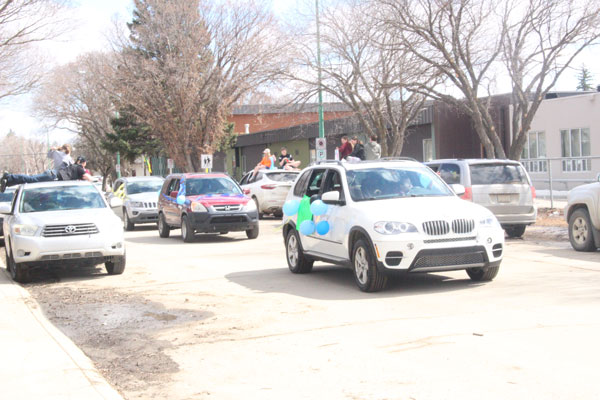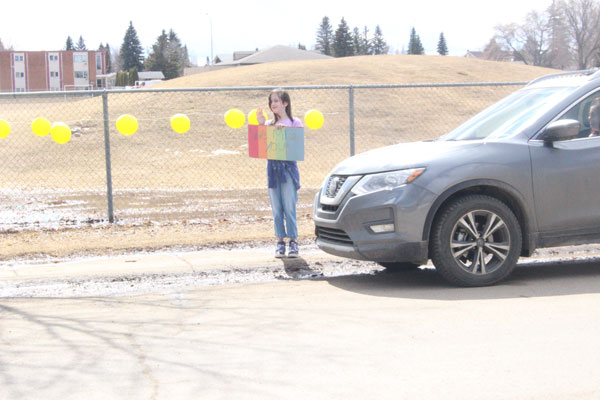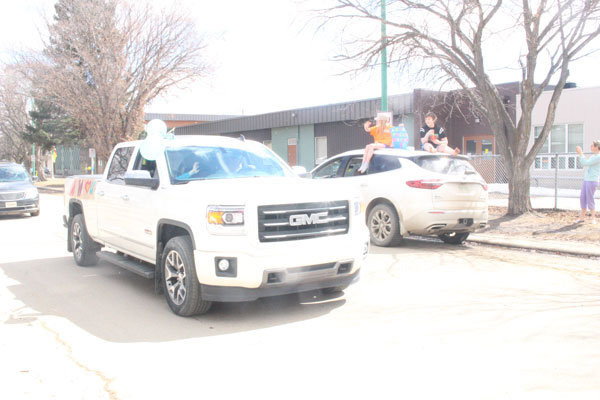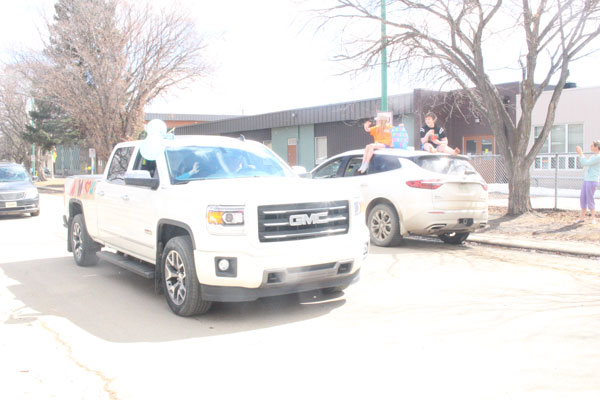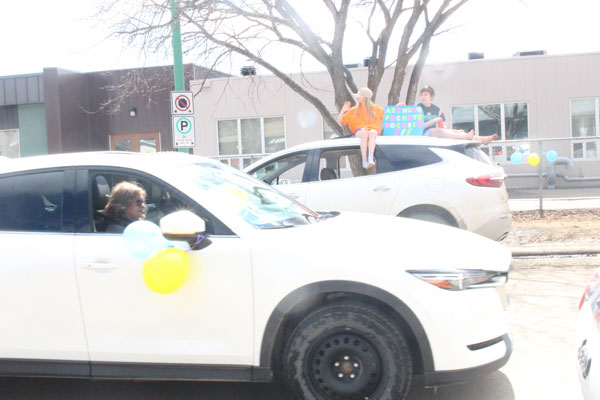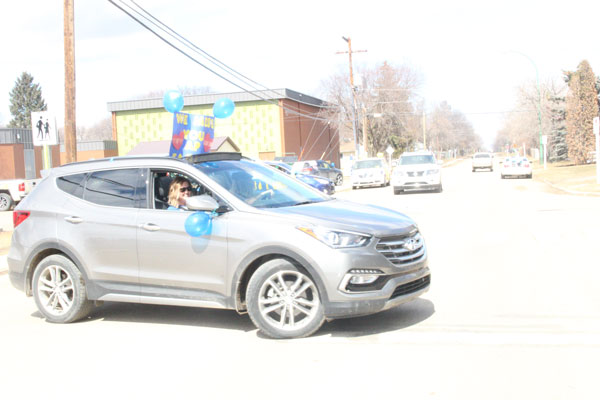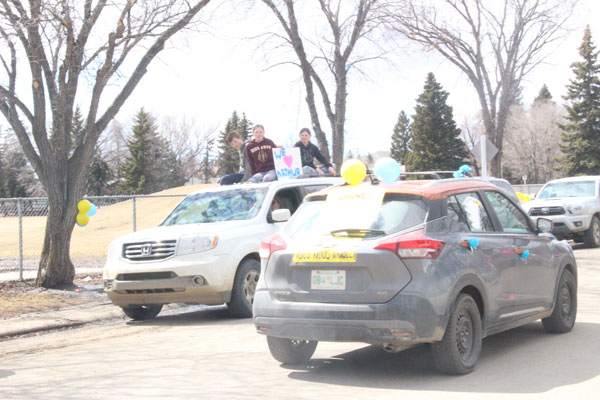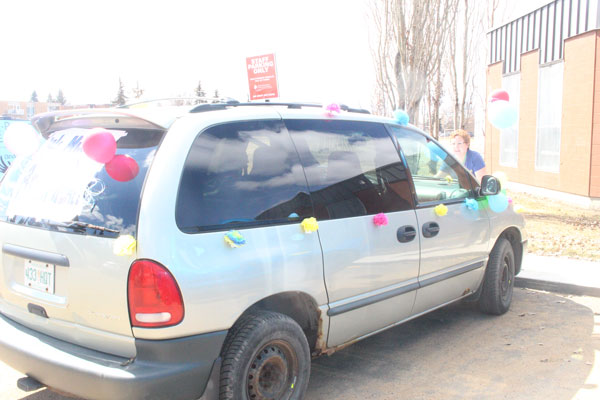A fifth Saskatchewan resident has died from COVID-19.
There was a report of a death in a long term care home in La Loche by the CBC on Sunday. The report was confirmed on Monday when the province said a Saskatchewan resident in their 80s from the Far North region died from complications related to COVID-19.
In total, Saskatchewan has 365 cases. Of those, 72 are considered active. A total of 288 people have recovered.
Of the 365 total cases, 139 are travellers, 149 are community contacts or are linked to mass gatherings, 35 have no known exposures and 42 are under investigation by local public health. In total, 69 cases are from the north (which includes Prince Albert) and 46 from the far north. Of the 61 active cases, 42 are from the far north and ten from the north.
During the course of Monday’s press conference Premier Scott Moe, Chief Medical Health Officer Saqib Shahab and Dr. Rim Zayed Northern Medical Health Officer all sent condolences to the community and family in the case.
Moe emphasized how the remainder of the province, except the far north, has continued the trend of flattening the curve.
“There are now 72 cases in Saskatchewan,” he said.
“Most of the regions in Saskatchewan, including Regina and Saskatoon, now have 10 or fewer active cases. However over one half of the known active cases are in one region and that is in our far north and most of those are in and around the northern community of La Loche.”
Shahab explained that the rest of the province remains flat while there is a troubling cluster of cases near La Loche, which is being managed effectively by Public Health and the northern health system supported by the Saskatchewan Health Authority (SHA) and other partners.
“Most of the cases are accounted for the cluster that initiated through travel from Northern Alberta. This again shows how quickly COVID can transmit, one or two people can initiate two or three cases and that can initiate two or three additional cases, then it is nine and if those nine cases initiate two additional that is 27,” he said.
Zayed explained that of the 29 cases, 26 are related to travel in northern Alberta. Two cases are in long term care.
“Other cases in long term care are negative and we monitor them every day for any change of and we are continuing to support them as much as we can including with strict isolation precautions that are put in place,” she said.
She added that they are trying to set up window visits for family and other forms of visits through technology.
Health care staff in La Loche is monitored every day and if any staff shows symptoms they are not allowed to work and put on self-isolation.
Shahab explained that within two or three weeks there could be 100 cases and in another two weeks there could be 300 cases.
“It is really important for us to observe physical distancing all the time,” Shahab said.
The province is continuing to provide extra action around testing, rapid contact tracing and further advice about staying at home and minimizing any contact with people from outside your household.
On Friday, following consultation with the Mayor of La Loche and other northern leaders, Shahab signed a Public Health Order restricting all non-critical travel into and out of northern Saskatchewan, specifically the Northern Saskatchewan Administration District.
Dr. Shahab also issued a strong recommendation against non-essential travel between communities within northern Saskatchewan.
The province is continuing to increase testing and contact tracing in the La Loche area and is working closely with community leaders to ensure everyone who is required to do so is able to self-isolate. Zayed explained that there are nine cases in nearby communities as well as 29 in La Loche itself.
“We continue to work on contract tracing which has been reaching out 70 individuals each day during this investigation. We are also working on expanding testing both in collecting samples and the ability to do the initial lab analysis in La Loche,” she said.
She thanked the staff for their hard work in contact tracing and testing, assessment and treatment of COVID-19 patients.
“I also want to thank the leadership in La Loche and Clearwater River for their assistance in reaching out to the communities as we work to stop the spread of the virus. We continue to look at how we can help patients who are positive or suspected to have COVID-19 self-isolate. We know that self-isolation can be difficult and challenging and we appreciate the support of the First Nation and municipal leaders in this effort. We are committed to work together in this crisis,” Zayed said.
Moe explained that testing supplies and the number of sample that are being sent for testing has also increased and an GeneXpert machine, which allows for rapid testing, has been placed and will be operational in La Loche on May 1.
“The Saskatchewan Health Authority will expand the number of testing sites and mobile testing sites in La Loche and support as well in home testing. Drive through testing will continue in the community of La Loche and they have obtained a list of people that have returned from work camps in Alberta and those individuals are being asked to self-isolate,” Moe said.
The average number of tests performed is around 30 per day, according to Zayed, and testing continues to be ramped up.
“Whenever there is a cluster or an outbreak testing is ramped up to assist in the case contact investigation so anywhere in the province if you have any symptoms that suggest you can and of course should get tested. With an outbreak there is further focus on cases and contacts,” Shahab said.
Zayed explained that the SHA is working through every contact person who shows symptoms.
“With the contract tracing we monitor people every day so there is someone who is doing the contract tracing. We work as a team and another one is working on phoning the family or the person who is under mandatory self-isolation every day,” Zayed said.
When people are getting symptoms or are isolated they are tested with increasing regularity and they are also developing an enhanced strategy for immediate implementation in the community.
“The first component of this strategy includes increasing the volume of testing supplies being sent to the community and the number of lab samples that are transported, the expansion of the number of mobile testing sights will also occur which will support home testing which we are already implementing for people who are not having the ability to attend a testing site. Drive through testing is continuing to work in La Loche centre but we are also supporting that with home testing. We are also developing more plans for that. We will have mobile testing on a daily basis.”
Turn around time on lab results will speed up after the new machine is in place on May 1. There is also a framework based on science and evidence for strategic testing for asymptomatic people.
The Ministry of Health has received questions surrounding the time and process of reporting COVID-19 fatalities. It is important to record and report COVID-19 cases and death in a uniform way, to ensure all jurisdictions have a consistent approach to reporting and that the evolving science can draw from this information. COVID-19 fatalities must be confirmed by the medical health officer to ensure that the case meets the criteria in order to be documented in the epidemiological reporting tools, before they can be publicly reported by the ministry.
“We always have to confirm that the family is informed for example before we announce and there is a little bit of a lag in that. We always have to protect the privacy of individuals even if there is information on social media we have to protect the privacy of individuals as best we can from our side,” Shahab said Monday.
On Sunday, the province reminded people to practice proper behavior as there is a move towards re-opening. Saskatchewan residents must continue to take measures to stop the spread of COVID-19. This includes limiting gatherings to no more than 10 people and practicing physical distancing.
With extreme caution and under the following conditions, one or two close families may form an extended household group: The families or friends must remain consistent. Do not visit different families or friends every day, If you are going to create an extended household group, consider if any member of the group has any chronic health conditions that would put them at greater risk, or if they are in close contact with someone who could be vulnerable. Gatherings must still follow the public health order and be no more than 10 people, stay home if you are ill and maintain physical distancing where possible the province’s release said.
Shahab and Moe both emphasized that continuing with proper practices is important as the Re-Open Saskatchewan plan begins to move forward. Shahab said it was great to see people outside enjoying the weather on the weekend but reminded people to practice social distancing unless you are in one household.
“While there was a recommendation because our curve overall is flat and we can now very cautiously think of connecting with one or two additional households and make an extended household, we need to be very cautious that it the same one or two people or same one or two families that we connect with and not a random two or three different people every time. Because if we don’t do that our curve overall will not remain flat and we will not be able to continue with our re-opening plan.”
On Sunday the province added individuals should always be aware of who you have been in contact with over the past two weeks. These are the people who would need to be contacted by public health if you were to test positive for COVID-19.


